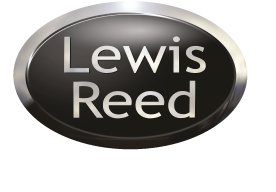When function comes at the expense of form, consumers can often be left feeling dissatisfied. Yes, the item serves its practical purpose, but from an aesthetic perspective it is lacking, and this has often been the case in terms of clothing designed for people with disabilities.
Clothes are usually fastened with zips or buttons and are designed to be put on and removed in a certain way, and shoes are sold in pairs. Clearly, this can be problematic for some people besides which, specifically designed clothing has historically often lacked style.
Adaptive clothing is designed for people with disabilities and recent advances in the field means that an increasingly wide range of adaptive clothes are becoming available, including those of universal design (the principle behind items designed in a way that means they are for use by anyone) which combine both technology and fashion.
If a wearer is sensitive particular fabrics or to labels, clothes designed using fabrics which tend not to irritate such as linen or bamboo, or which have the labels printed onto the fabric instead, can help alleviate the discomfort. Some manufacturers have designed clothing with front openings to enable stomach access for medical devices.
Zips that use magnets to connect the ends are easier to fasten with one hand. Using magnets rather than buttons or press studs to fasten clothes is easier to manage. Zips, or even a hinge-design fastening, can also be used to replace laces in footwear, meaning that two hands or significant dexterity is not a necessity to fasten the shoes.
Rather than adaptive products being designed to be inconspicuous colour-wise, 3-D printing technology means that they can be manufactured in far more fashion-savvy colours and customisable designs.
The Australian retailer, Every Human, has launched a shoe programme which enables customers to buy one shoe, or two shoes in different sizes, searching by size, width and a range of adaptive features.
The technology has arrived. Customers with a disability want to shop for clothes and items that are fashionable, that fit, and that don’t have to be a compromise. Fashion brands can adapt their offerings to the wants and requirements of all consumers by incorporating function and form for all.
